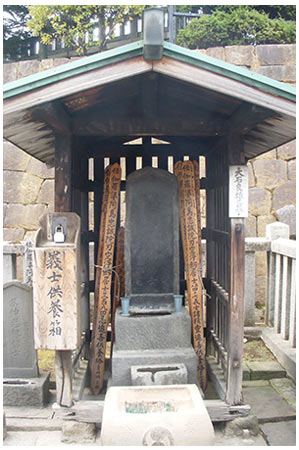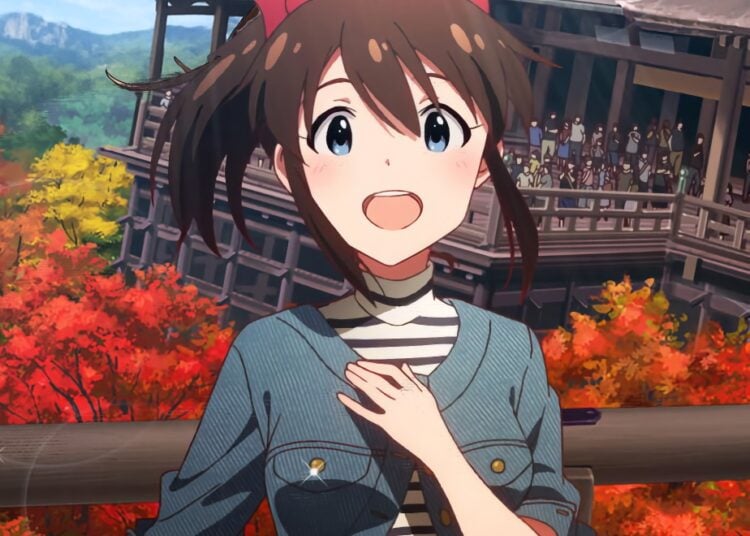Japan is a very different place from the West for several reasons. It’s an island nation with a strong culture that was never colonized by outside forces, the only other country in the region besides Thailand able to achieve this, and the 220 year period when the country was completely closed off from the outside world (the Sakoku or “Chained Country” Period) helped its culture grow like plants in a greenhouse. One unique aspect of Japan has always been its somewhat romantic views on suicide, like shinju (ritualized lovers’ suicide) or the ceremony of seppuku (aka harakiri), the ritual self-disembowelment that was an important part of Japan’s strict code of Bushido. The most famous example of this in Japanese history is the story of the 47 Ronin, when 47 masterless samurai plotted for two years to kill the lord who had been responsible for the death of their master. Their plan finally succeeded, after which time they turned themselves into the shogunate for punishment, and were ordered to commit seppuku themselves. Their bones and ashes are interred at Senkakuji Temple in Tokyo, and are quite a tourist attraction.

The grave of the 47 Ronin at Senkakuji Temple, the most famous suppuku story in Japanese history.














